1984 Porsche 911 SC/RS – Ultimate Guide
It has long been Porsche’s philosophy to produce lightweight, high-performance sportscars with engine power sufficient to ensure their cars were still competitive.
This approach stood them in very good stead throughout the 1950s, 1960s and 1970s, as the 356s, 550s and later the 911s, often beat more powerful opposition earning them the nickname of ‘giant killers’. This was a hard-earned title, as Porsche frequently embarrassed manufacturers who boasted much larger budgets in support of their sophisticated racing machinery.
In 1967, Porsche once again set about creating a lightweight racer using the 2.0-litre engine from the Carrera 6 race car, and so the 911 R was born. Only 21 examples of this racer were produced, but it paved the way for the development of the 1973 Carrera RS 2.7, the 1974 Carrera RS 3.0-litre and the RSR race cars. In turn, these models were all instrumental in the extraordinary success of the 911 turbo-era cars that followed.
But it would be another ten years before a road-legal 911 that was also a very capable race car, would emerge. The 911 SC/RS was introduced in 1984, gave a nod to its Carrera heritage in the ‘SC’ reference, which stood for ‘Super Carrera’, while the ‘RS’ hinted at the model’s motorsport intentions.
Taking a step back for a moment, it would be helpful to know just how the 911 SC/RS (internally designated Type 954) came about. Porsche has always held an ace in its hand, insofar as several of their key engineers were themselves highly accomplished racing or rally drivers. Jürgen Barth, who was in charge of Porsche Customer Racing department, started the Le Mans 24 Hour race no less than thirteen times in his career.
Roland Kussmaul was an engineer at Porsche, and an active participant in rallying, as was Peter Falk, head of Porsche motorsport. All of these folk, and many more besides, were involved in motorsport as competitors, and were thus able to bring their own first-hand experiences back to the workshops at Stuttgart and Weissach. You couldn’t ask for more relevant and direct motorsport experience than having the very competitors who had raced or rallied on the weekend, come back into the workshop on Monday and give a first-hand account of what they had experienced, and then work on the very cars they had competed in over the weekend.
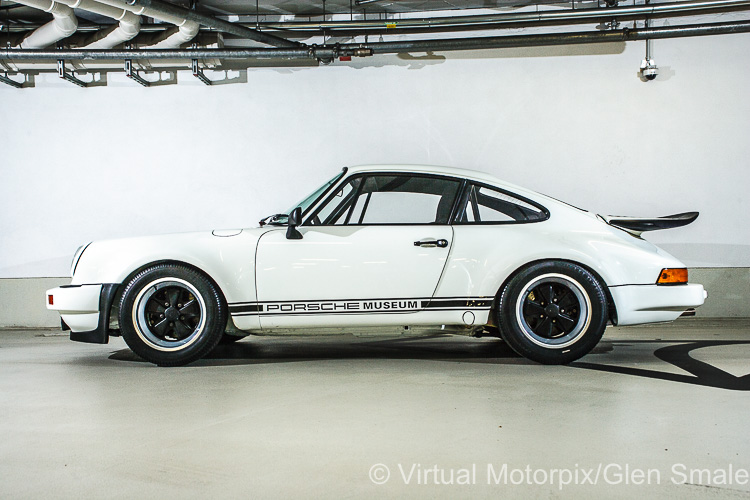
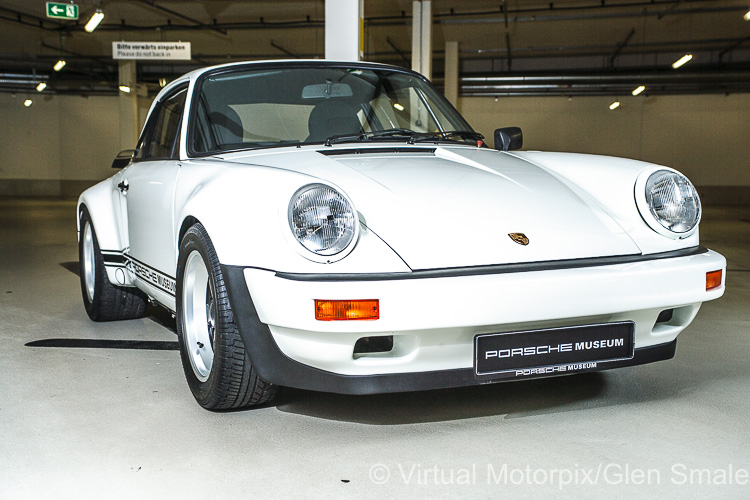
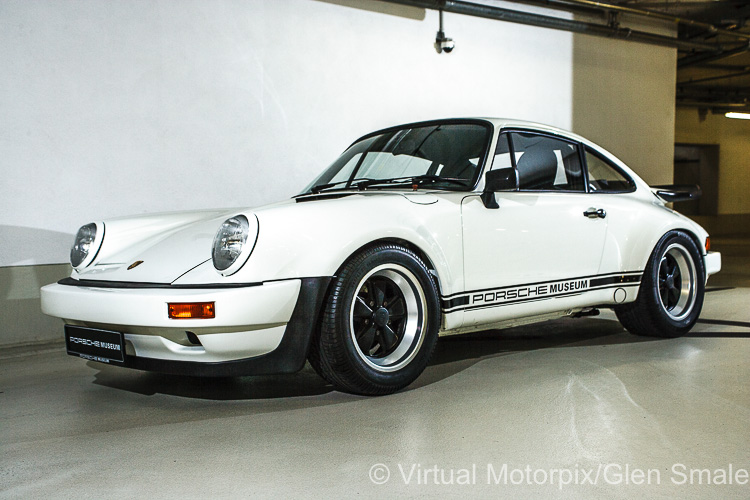
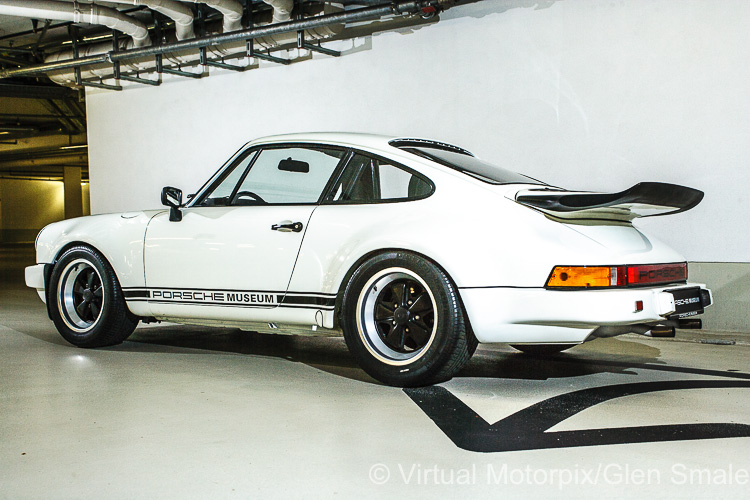
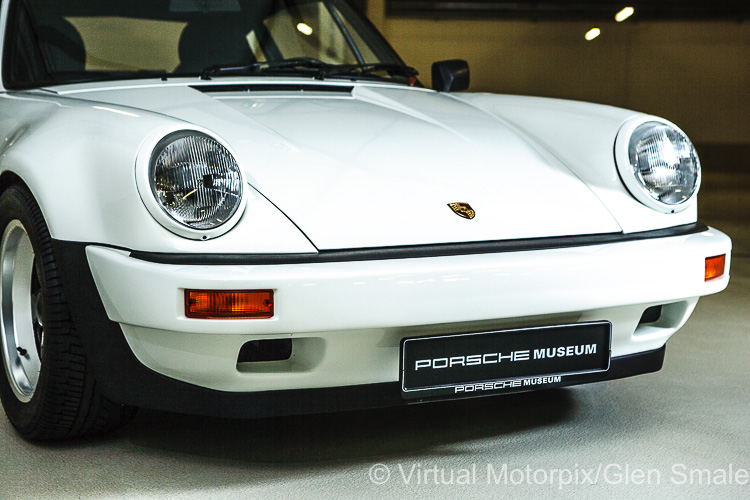
It was one such experience that led to the creation of the 911 SC/RS. After participating in the 1983 Monte Carlo Rallye, where Barth and Kussmaul finished ninth overall, they returned to the factory whereupon it was proposed that a short run of 20 vehicles be made that could be used for the road, but primarily for rally. Putting their rallying experience to work, 20 cars were built to satisfy Group B evolution homologation requirements where the new car was an evolution of a discontinued model, namely the 911 SC which was to be replaced by the 3.2 Carrera.
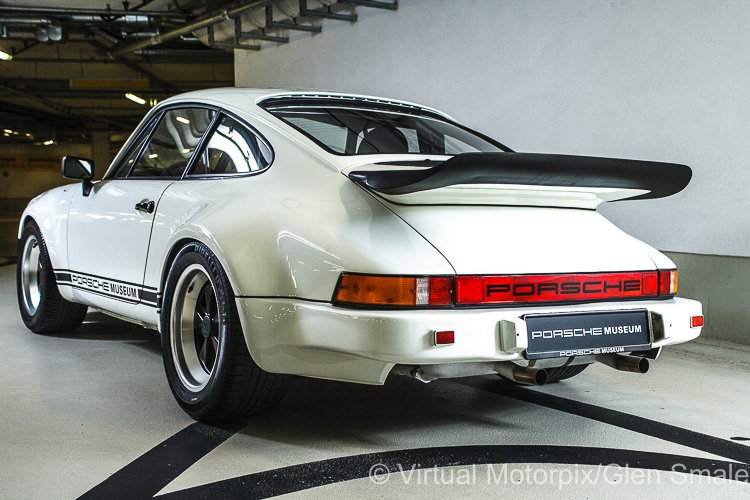
If one was needed, a further prompt for the creation of the 911 SC/RS came from Rothmans who wanted to expand their sponsorship of the highly successful Porsche 962 programme to include rallying. The end of the 1983 season saw Rothmans terminate its relationship with Opel in rallying, as they saw the potential to broaden an already fruitful partnership with Porsche. The SC/RS was a relatively easy car for Porsche to develop at short notice for rallying at the request of Rothmans, and which in its familiar blue and white livery, would be seen in a number of international markets. The four-wheel drive 959 project, which had been intended for this role, was running well behind schedule and would only be ready for the 1985 season.
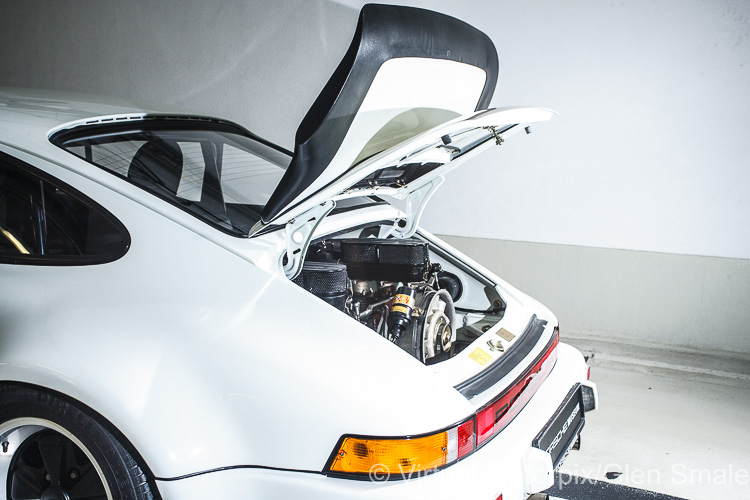
There is no date recorded for the official launch of the 911 SC/RS, as it was not unusual for the race department to simply notify prospective clients that Porsche had a new model that might suit their motorsport needs. Authoritative books on the subject today show that 21 cars were made, the extra SC/RS being the example that can be seen in the Porsche Museum (the subject of our photo shoot). Of the twenty cars available for street or rally use, five were sponsored by Rothmans and retained by the factory for works competition. These five were entrusted to the newly created Prodrive company in England, under the keen eye of Dave Richards, for further preparation. The race department sold the remaining SC/RS cars to selected customers, as this special model was not distributed through the dealer network. Should you have been offered one, you might have been told that you could have any colour you like, as long as it was white, as all twenty cars were finished in white. This, though, was the norm for race and rally cars as this would allow customers who wanted to rally their SC/RS, to finish the car in the colours of their sponsor, and to place sponsor’s stickers where necessary. The 911 SC/RS was available to customer teams at DM188,100 (approximately £49,600).
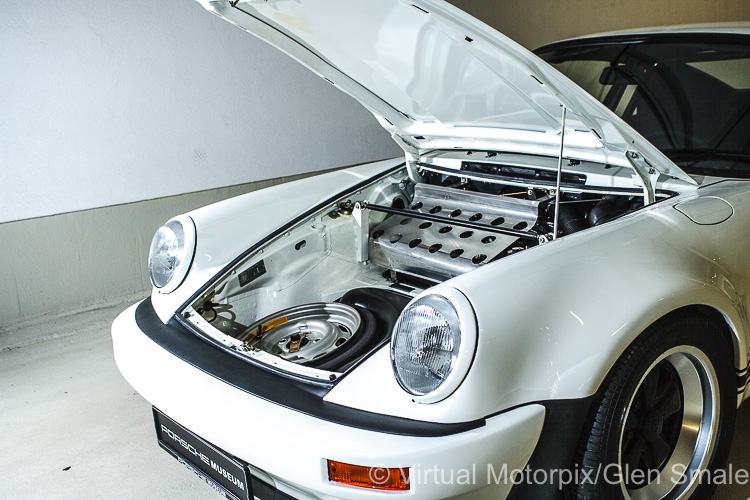
Engine & mechanicals
Much of the SC/RS’s technology was based on the 3.0-litre SC engine (Type 930/18), which harks back to the days of the Carrera RS almost a decade earlier. The reason Porsche opted for the 3.0-litre engine and not the new bigger capacity 3.2-litre unit, was because it allowed the SC/RS to slot into the Group B up to 3000 cc class, which carried a lower weight limit of 960 kg. Using the bigger 3.2-litre engine would have pushed them into a higher category with a minimum weight limit of 1100 kg.
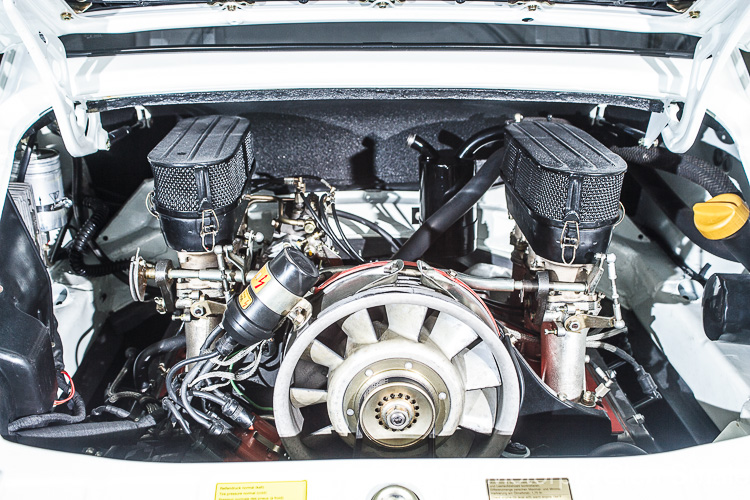
The normally aspirated engine was given a comprehensive make-over with power being increased from 204 bhp in the outgoing 911 SC, to an impressive 255 bhp at 7000 rpm. This was achieved by raising the compression ratio from 9.8:1 to 10.3:1, while the SC/RS also received forged pistons (instead of cast) and 935 cylinder heads with increased valve lift. The competition cams provided 12.1 mm of lift on the inlet valves and 10.5 mm on the exhaust valves. The full-spec race engine developed 280 bhp at 7000 rpm, with an 8000 rpm red line.
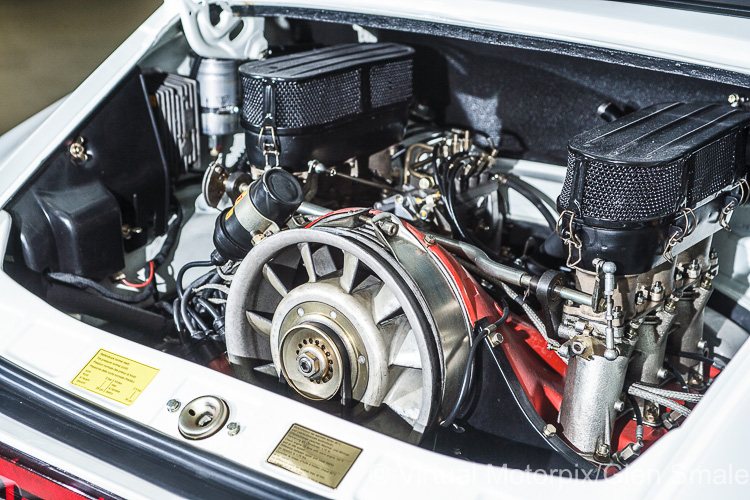
The K-Jetronic system was replaced with a Bosch-Kugelfischer plunger fuel injection pump. Acceleration figures of 0-100 mph was achieved in just 11.7 seconds, and in its day, the SC/RS would have out-accelerated just about any other road legal sports car, including the 911 Turbo. The oil radiator, which would normally be located in the right front fender, was replaced by a larger one under the air intake in the rear spoiler.
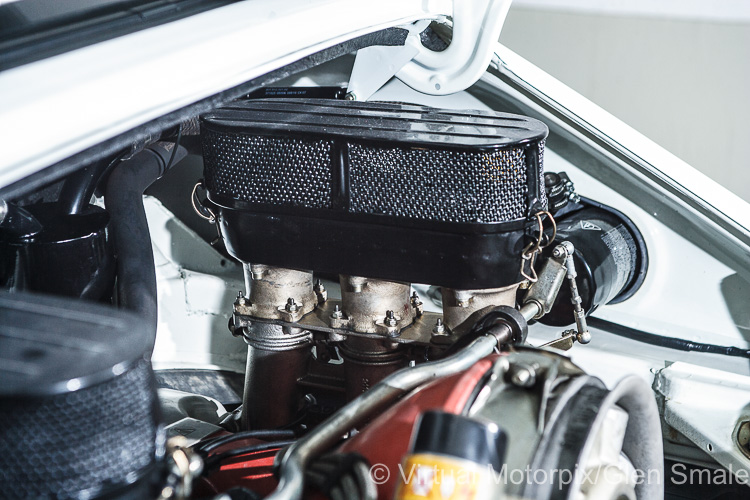
The 5-speed 915/71 gearbox featured an integrated oil cooler. Two sets of gears were available, the first was aimed at street use with a power curve peak of 7000 rpm, and the second, a rally competition set gave an engine peak of 7600 rpm, while a 40 per cent ZF limited slip differential was also fitted. For rallying, a sintered metal clutch disc was recommended to replace the normal, spring-damped disc used on the road version. The RSR clutch, which required one to have a leg that could kick-start a Boeing, was singled out for some harsh commentary by a number of testers in period.
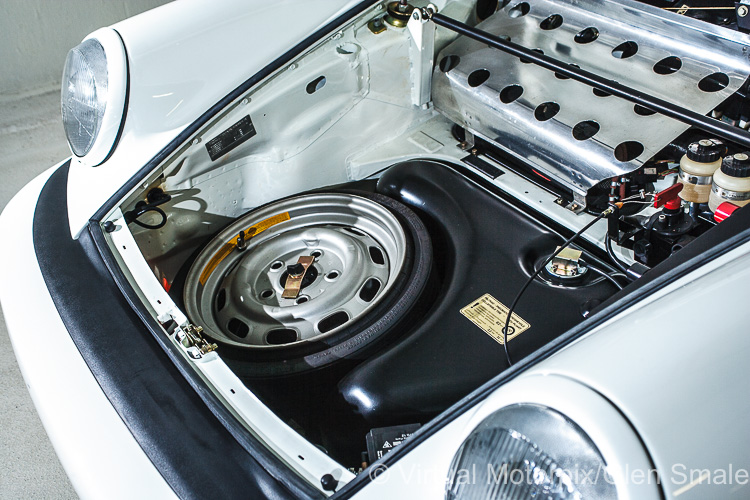
Road test reports carried out by magazines in period all reported that the SC/RS was not a quiet car. Being road legal, the SC/RS could be fitted with a road exhaust or the optional sports exhaust, which most of these cars would have had.
Body & chassis
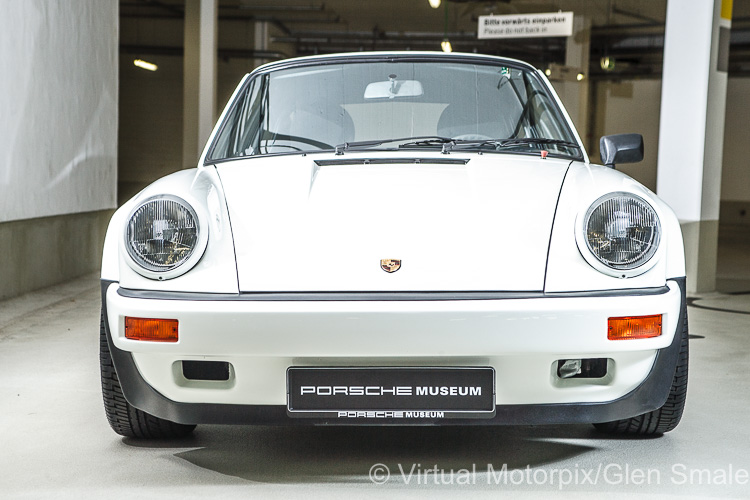
Looking at the 911 SC/RS, it more closely resembled the Carrera RS 2.7 and the RS 3.0 of the early ‘70s, than a 911 from the 1980s. Using the wider turbo body meant more weight, but other weight-saving measures were so successful that the SC/RS was around 660 lbs (300 kg) lighter than the standard 911 Turbo. Aluminium was used for the front bonnet and rear engine covers, as well as the fenders and doors. Thin-gauge glass was fitted and the front and rear bumpers as well as the integrated spoilers were fabricated from fibreglass. Even with these changes and modifications in place, the 911 SC/RS looked somewhat unspectacular, almost restrained, in appearance.
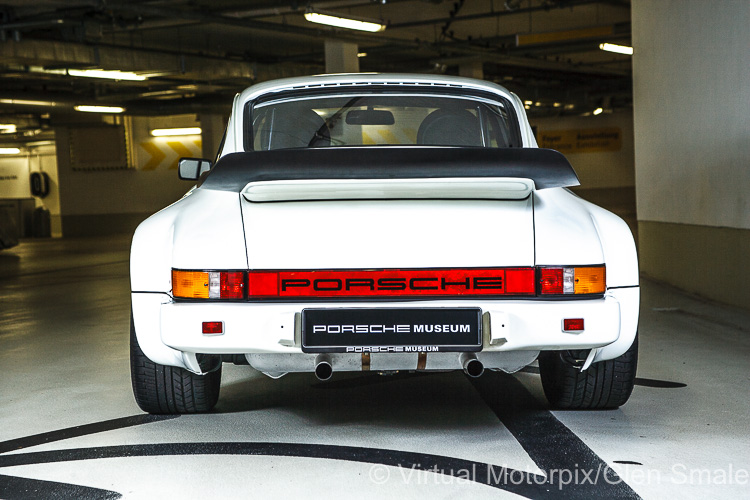
The prominent rear engine lid spoiler was similar to that of the Turbo model, although the spoiler on the SC/RS had that characteristic lip on its trailing edge, it was tapered on the sides. Clearly the SC/RS fell squarely into the G-Series era, but it was not fitted with the concertina bumpers of its siblings for reasons that it was intended as a racing machine where weight saving was a priority.
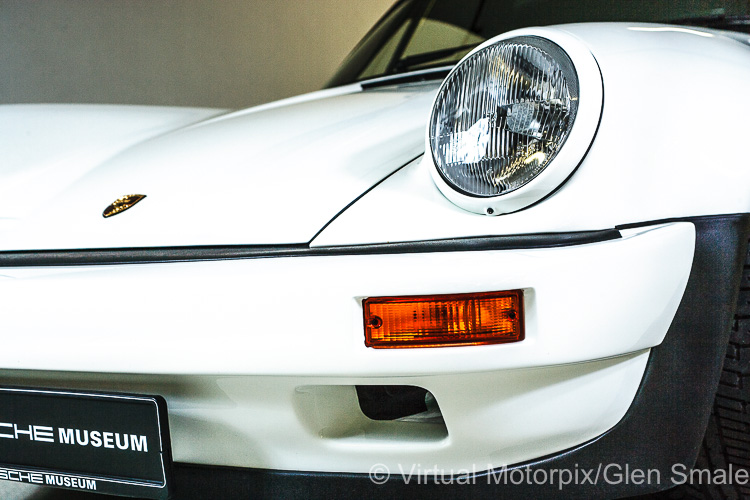
Out of sight but very important to the success of the SC/RS, was the suspension. While many basic 911 components were used, the SC/RS was given additional ‘helper’ coil springs to aid the standard torsion bars. The torsion bars had to remain unchanged and so the SC/RS was fitted with 22 mm front and 27.5 mm rear torsion bars. Adjustable Bilstein dampers were used, and adjustable pick-up points made it easy to raise or lower the ride height. Prodrive tried to persuade Porsche to install a dog ‘box which featured a better gear change mechanism, but Stuttgart steadfastly refused, preferring to stick with the traditional Porsche 915 ‘box.
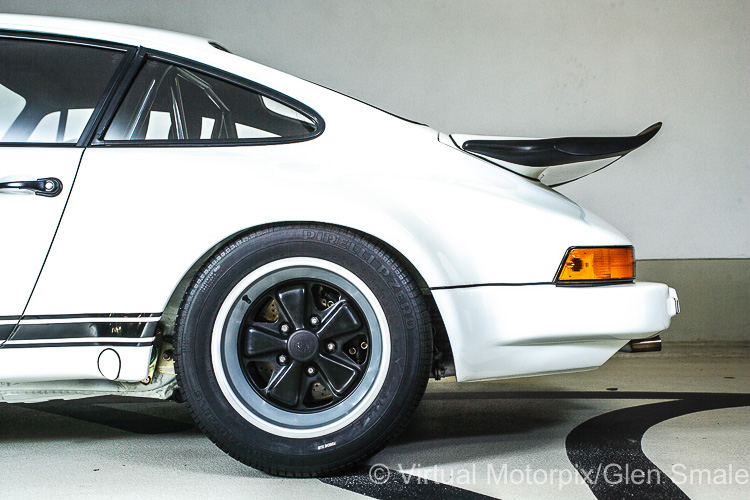
The brakes were borrowed from the potent 917, with a large front/rear knurled wheel brake balance adjuster, located on the floor under the dashboard, just in front of the gear lever. Quite how you would make any adjustment to the brakes while hurtling through a forest stage or along some cliff edge at top speed, is open to speculation.
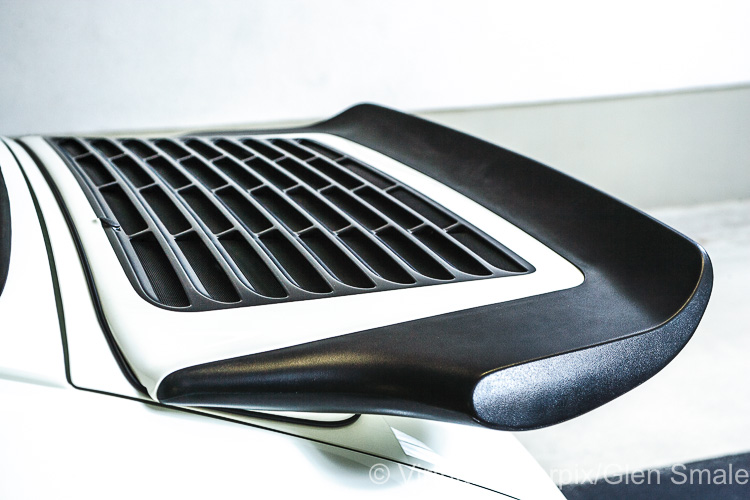
The rally version of the SC/RS includes some additional features to sustain it through the rough and tumble of rallying. These include a shorter final-drive ratio, fly-off handbrake, drivetrain protection plate, reinforced gearbox and suspension mounting points, fire extinguisher and a roll cage.
Interior
The interior is befitting of any sports car intended for racing. The SC/RS is devoid of any rear seats, and the front seats were lightweight sporting units with five-point racing seat belts. The car was fitted with the bare necessities such as thinner carpeting and the clock and the glove box lid were removed. One journalist commented that the cabin, which is trimmed in black felt, more closely resembled the unfinished cockpit of an aircraft. While this might be accurate, it is a little harsh seeing that the cabin was intentionally devoid of any unnecessary extras, as function not comfort, was the priority.
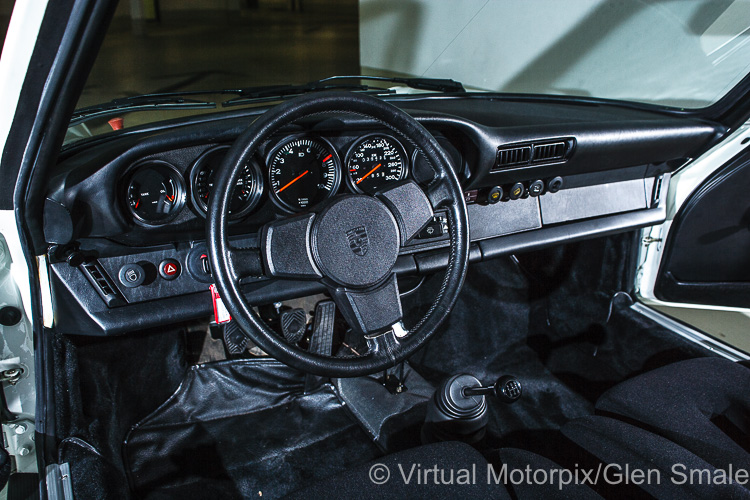
Simplified door panels were fitted and manual window winders replaced the electric units. The normal 911 heating unit was removed and in its place was fitted a gas heater for the interior. While the SC/RS featured reduced instrumentation, the driver was confronted with a speedometer marked up 300 km/h and a rev counter marked to 10,000 rpm.
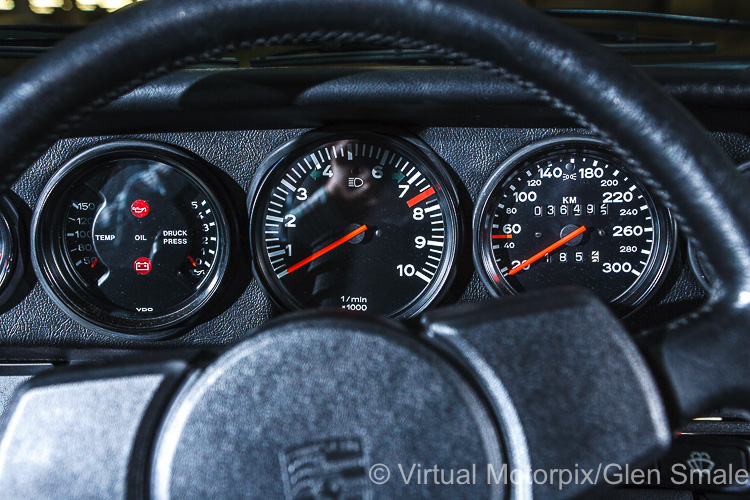
Who was Dave Richards?
It was decided that the SC/RS would not be entered into the World Rally Championships where a full works commitment required a small army of technicians and support staff, if any level of achievement was to be expected. Instead, the SC/RS was aimed at the European Rally Championships where competition came in the form of the Lancia 037, which by the way, was ripping up the World Rally Championships in 1984.
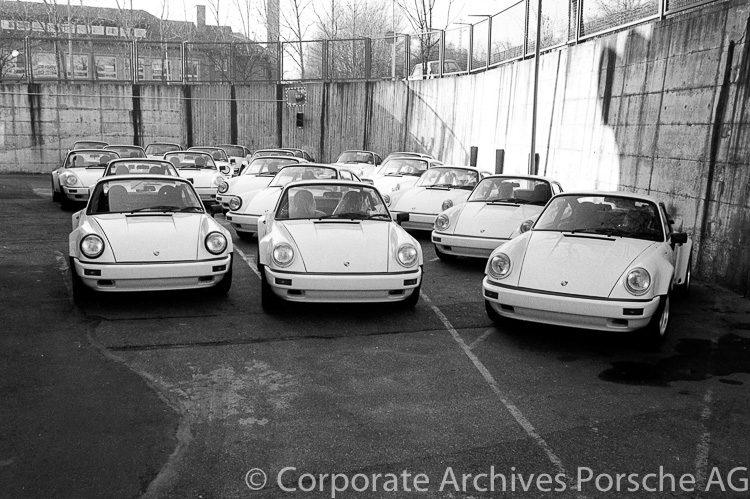
Dave Richards had been in charge of Opel’s rally team, and following the withdrawal of the Rothmans sponsorship from that team, he set up shop in Banbury England. Prodrive, Richards’ newly created motorsport company, was given the task of prepping the SC/RS cars for competition. With respect to the Prodrive of today, back in late 1983, this was a brand-new company and so it must have been with some trepidation that Porsche handed over five of its rally cars to be prepared for its gold-plated sponsor.
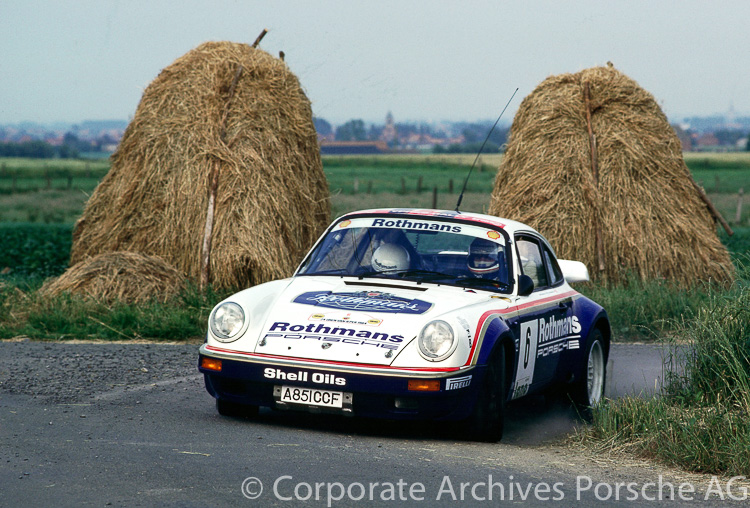
In January 1984, Prodrive entered one of the Rothmans 911 SC/RS rally cars in the Qatar International Rally, the first round on the inaugural FIA Middle East Rally Championship. This was Prodrive’s first event, and in the hands of Saeed Al Hajri, the SC/RS came home in first place. In fact, Al Hajri won the first two events of the Middle East Rally Championship that year, and would go on to win no less than eighteen international rallies.
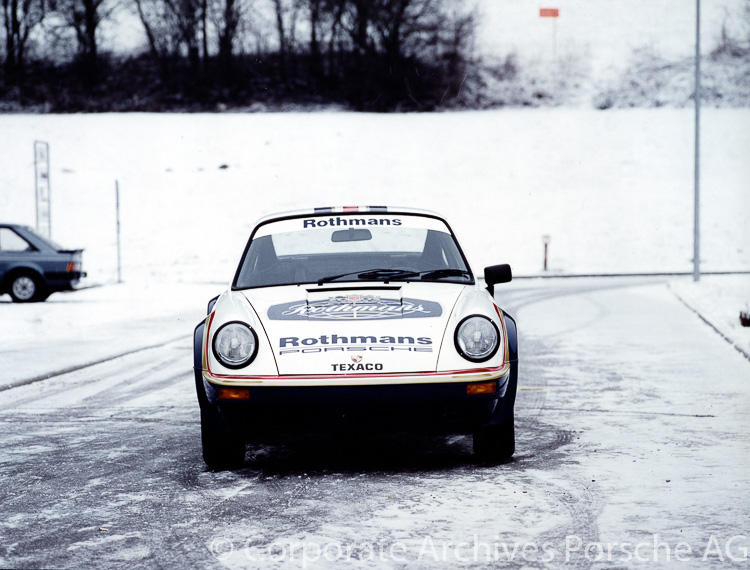
Henri Toivonen, who had driven for Opel in 1983, signed with Porsche for the 1984 season. One of the finest rally drivers of his era, Toivonen scored six podium finishes in eight starts in the 1984 European Rally Championships driving the SC/RS. Rothmans Porsches went on to win five rallies in 1985 to take both the Middle Eastern and Irish crowns, scoring a second place on the Tour de France and a third place on the Tour de Corse. In clinching two consecutive Middle Eastern titles, 17th place on the 1984 RAC and fourth and fifth overall on the 1985 and 1986 Acropolis rally, it is Al Hajri who has been by far the most successful SC/RS driver.
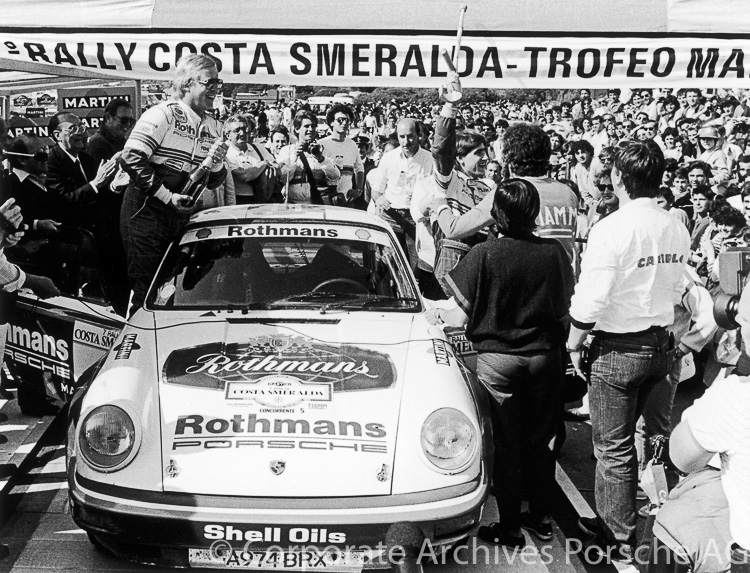
Conclusion
The appearance of the 911 SC/RS is unquestionably understated, but therein lies the car’s attraction, just like so many of Porsche’s creations. With just a nod to its street-legal requirement, this wolf in sheep’s clothing was aimed fairly and squarely at the motorsport market. It is only recently that this gem of a car is finally getting the recognition that it so richly deserves, evidenced by the 2016 estimate of one of the Rothmans works cars at auction which was set between $1.4-1.8 million. It didn’t sell then, but this is an indication of where values are headed, and deservedly so.
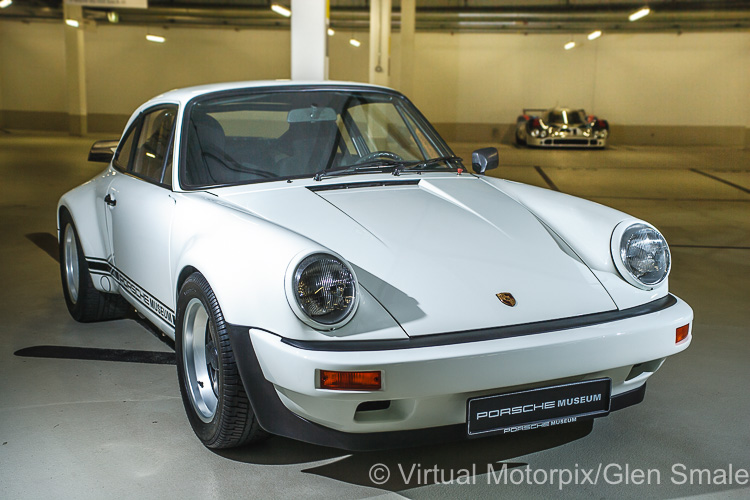
The SC/RS enjoyed a largely successful stint on rally stages around the globe, paving the way for the 959, itself intended to take on the newly-formed Gruppe B. Proving as ever, the 911 was a sports car that could attain success away from the race circuit, the SC/RS is no longer the forgotten Rennsport, but a pillar of Porsche’s sporting history.
Technical specifications – homologation model
| Model | 911 SC/RS – Type 954 |
| Year | 1984 |
| Engine | 6-cylinder, horizontally opposed (Type 930/18) |
| Capacity | 2994 cc |
| Bore x stroke | 95.0 x 70.4 mm |
| Compression ratio | 10.3:1 |
| Fuel delivery | Bosch/Kugelfischer fuel injection |
| Power | 255 bhp @ 7000 rpm |
| Maximum torque | 250 Nm @ 6500 rpm |
| Transmission | 5-speed manual (Type 915/71) |
| Suspension | front – independent suspension with wishbones with McPherson struts, one torsion bar per wheel, dual-tube gas-filled shocks, anti-roll bar |
| Suspension | rear – independent suspension with light-alloy semi-trailing arms, one torsion bar per wheel, dual-tube gas-filled shocks, anti-roll bar |
| Wheels | front – 7J x 16; rear – 8J x 16 |
| Tyres | front – 205/55 VR16; rear – 225/50 VR16 |
| Dimensions (L x W x H) | 4235 x 1775 x 1290 mm |
| Wheelbase | 2272 mm |
| Weight | 1057 kg |
| Acceleration | 0-62 mph in 5.3 seconds |
| Top speed | 158 mph (255 km/h) |
Written by: Glen Smale
Images by: Virtual Motorpix/Glen Smale, Corporate Archives Porsche AG




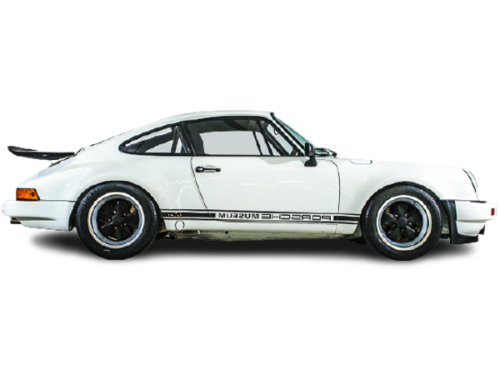
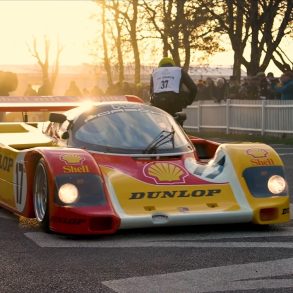
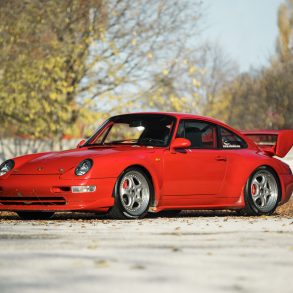
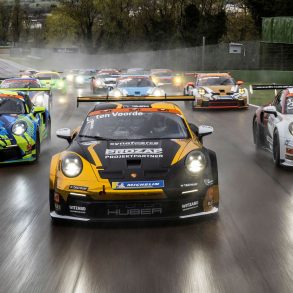
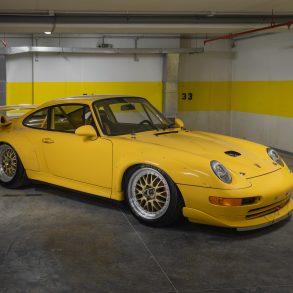
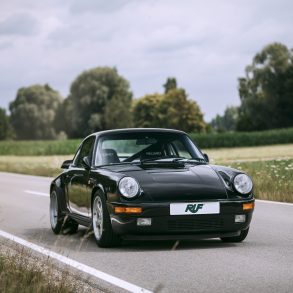
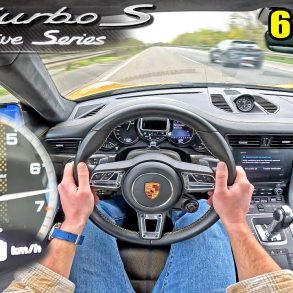
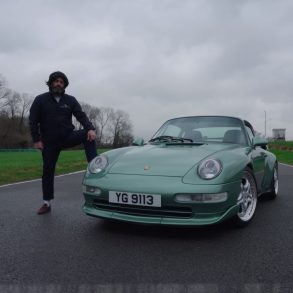
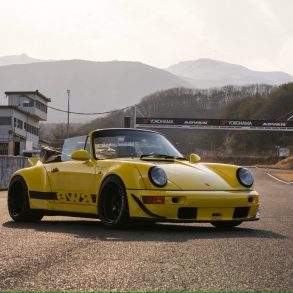

Interesting. Did not even know much about this car.
0
Martin, and you won’t be the only one either. It is not a model that is on everyone’s radar, hope it showed you something new…:)
0
Paul Frère went into raptures about the SCRS – “astonishing peformance (0-200kph in 21.4s), really comes to life above 4500rpm and revs gloriously to its 7,600rpm limit….clings to the road..agile…superb steering response….with this performance you are king of the road.”
Belgian 911 fanatic Johan Dirickx probably knows as much about the SCRS as anyone except Jürgen Barth: he organised the unforgettable 25th anniversary gathering in 2009 which managed to bring together 11 of the original cars on the track at Abbeville.
0
Ce n’est pas Pauli mais bien Henri dans la SCRS en 1984 (Vice Champion d’Europe des Rallyes);
0
Hi there,
Here too, we have contacted Porsche and will make the necessary changes once we have heard, which will probably take a little while.
0
I may be wrong, but I doubt that Toivonen Sr. raced the 1984 24 Hours of Ypres.
0
Hi Marco, thanks for your comment. We are in touch with Porsche and will come back with their reply.
0
A rare combination of familiar 911 looks and more performance. New to many enthusiasts.
0